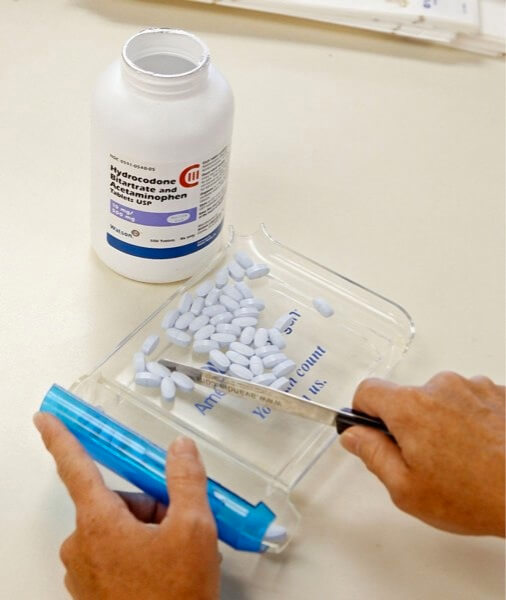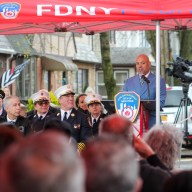By Patrick Donachie
As New York City announced a grim milestone in the number of drug overdose deaths in the city in 2016, Gov. Andrew Cuomo unveiled a volley of new reforms aimed at curtailing the number of overdose deaths, including a requirement for health insurance plans to cover treatment services for addicted New Yorkers.
New York City projected that overdose deaths in the city would exceed 1,000 for the first time on record in the city. The city Department of Health said the jump in fatalities was driven by increased use of fentanyl, an opioid often mixed with heroin. It is frequently mixed with cocaine or oft-abused pharmaceuticals.
The DOH could not release 2016 drug overdose numbers for the borough of Queens as of press time, but the department did see a substantial uptick halfway through the year. By the end of the first half of 2016, overdose deaths in Queens stood at 104, while the total for the entirety of 2015 was 144. Borough totals in Manhattan and Staten Island from the first half of 2016 also nearly matched their entire yearly totals from 2015. The DOH also found a massive uptick in the presence of fentanyl in overdose deaths from the start of 2015 to the second quarter of 2016.
The new mandates enacted by the state sprang from legislation Cuomo signed in June 2016 and went into effect Jan. 1. The law includes a requirement for insurers to cover inpatient services for addicted patients if needed, and restricts insurers from conducting utilization reviews until after 14 days of treatment. The reviews would let insurers analyze and approve requests for treatment. Now, insurers cannot require approval prior to emergency use of drug treatment medications such as buprenorphine and injected naltrexone, and must now also adhere to state-approved criteria to determine appropriate coverage for drug abuse treatment. Insurers must also cover the costs of naloxone, which can be used to reverse the immediate effects of an overdose.
“With these landmark reforms fully enacted, we have removed artificial barriers that prevented New Yorkers from receiving the help they need and put into place new safeguards to get these drugs off the street,” Gov. Cuomo said about the reforms.
The DOH also stressed that patients in the midst of a potentially fatal overdose could be saved by using naloxone, and New Yorkers can receive training in how to appropriately use it. The medication is available free of charge from overdose prevention programs, according to the DOH, and can be purchased at participating pharmacies throughout the city.
Interested New Yorkers can visit nyc.gov and search “overdose prevention” to learn more about local prevention programs or participating pharmacies, the DOH said. The new insurance regulations pertain to small and large group plans alike, and pertains to all plans regulated by the state’s Department of Financial Services. People seeking more information can call the DFS at 1 (800) 342-3736 or dfs.gov.
Reach reporter Patrick Donachie by e-mail at pdona






























